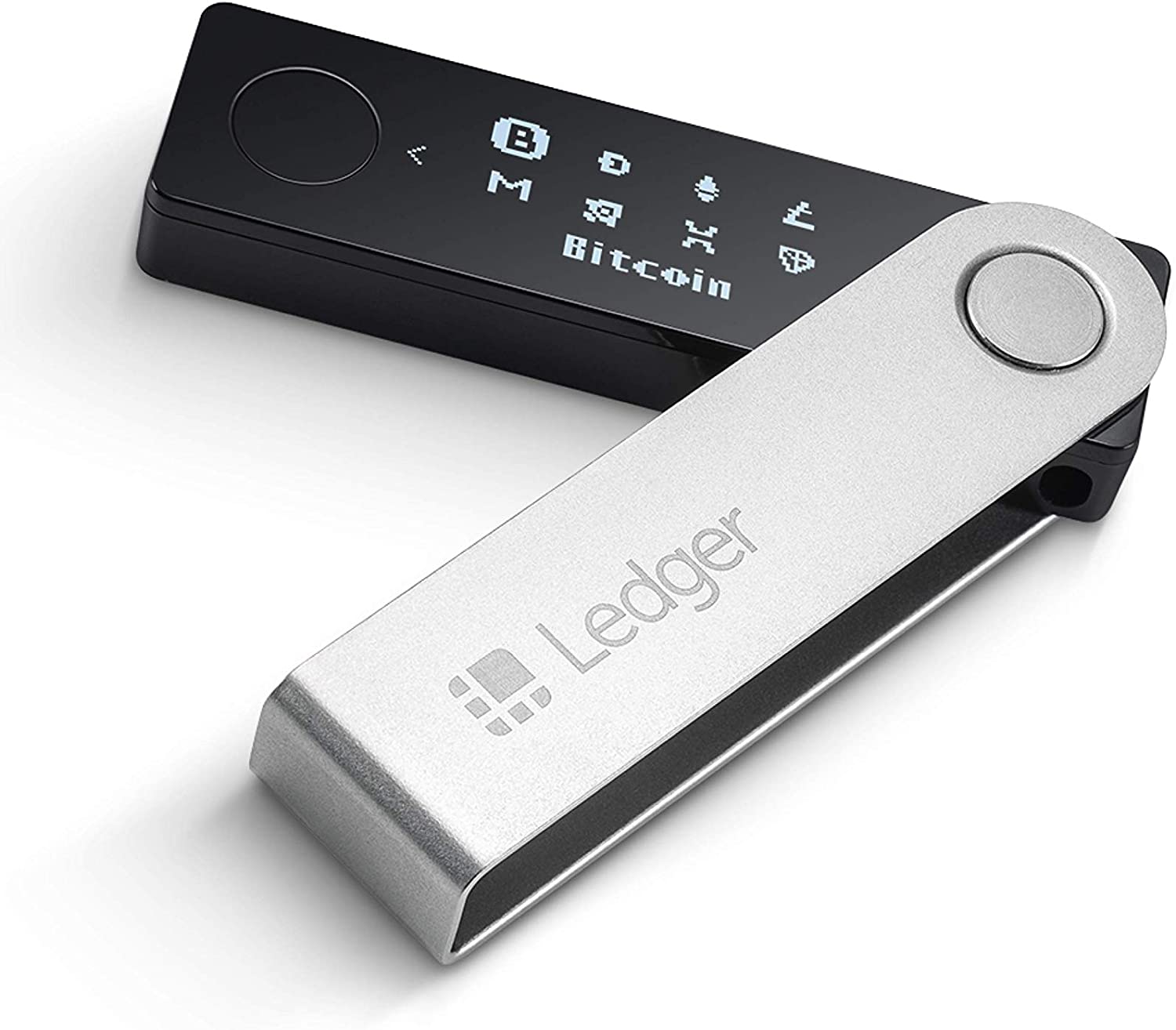Ledger – the maker of popular hardware wallet Nano series announced on Aug 13 that it now supports Ethereum staking though Lido Finance. It allows the hardware wallet owners a unique proposition to earn yield by depositing their Ether (ETH) tokens into the Beacon Chain staking contract, only using their highly secure cold wallet and with any Ether amount, instead of the official 32 ETH minimum. It’s likely to increase the participation rate on the Eth2 Beacon Chain, though centralization dangers remain, likely solved after the Merge happens.
.@LidoFinance is now directly available on #LedgerLive, opening up the world of #Eth2 staking to you – directly.
Learn more here: https://t.co/sM9ZbxPbNk pic.twitter.com/46XQeYgsLT— Ledger 📍@Veecon (@Ledger) August 13, 2021
Ledger is making the Ethereum staking available through an app in it’s Ledger store discover section known as Lido. What is it’s based on? Lido Finance is a Ethereum 2.0 staking solution, providing ETH with liquidity on otherwise unstakeble and unremoveable contract (for now) and allowing any participant to contribute with any amount of Ether (ETH). When users stake ETH on the Beacon Chain through Lido, they receive stETH, which represents their claim in their Beacon contract and their yield earned through Ethereum staking, It’s benefit is that it’s trade-able or available to be used in DeFi protocols and not exactly locked as in the original Beacon Chain specification.
About Ethereum Staking
Ethereum staking allows anyone with 32 ETH (or even fractions through some specialized protocols) to deposit on the Beacon Chain. It’s a claim to the yield earned on Proof of Stake (POS) chain running parallel to the current Proof of Work (POW) chain. This puts it to be use directly by the stakers or through a delegated party running a validator node, processing activity and providing security to the network, for constantly generated rewards and fees paid by users.
 ethereum staking ledger hardware wallet© Cryptoticker
ethereum staking ledger hardware wallet© Cryptoticker
The post Ethereum Staking: Hardware Wallet Ledger Joins appeared first on CryptoTicker.